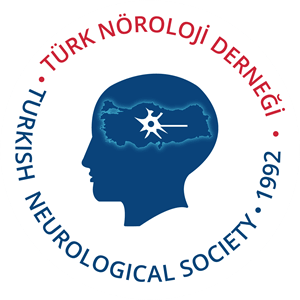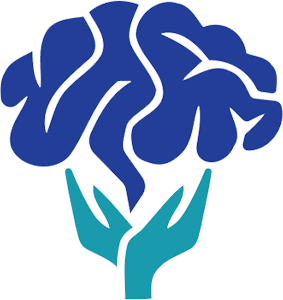Patient Management in Neurology Intensive Care During COVID-19 Pandemic Period
Fergane Memmedova , Semra Arı Sevingil
, Semra Arı Sevingil , Fatma Altuntaş Kaya
, Fatma Altuntaş Kaya , Fatma Ger Akarsu
, Fatma Ger Akarsu , Zaur Mehdiyev
, Zaur Mehdiyev , Ulviyyat Jafarova
, Ulviyyat Jafarova , Özlem Aykaç
, Özlem Aykaç , Atilla Özcan Özdemir
, Atilla Özcan Özdemir
Eskisehir Osmangazi University Faculty of Medicine, Department of Neurology, Eskisehir, Turkey
Keywords: COVID-19, neurointensive care, stroke, seizure, encephalopathy, myasthenia gravis
Abstract
Objective: This study aims to evaluate data from coronavirus disease-2019 (COVID-19) patients with neurological manifestations hospitalized in the intensive care unit (ICU).
Materials and Methods: The study included data from COVID-19 patients with neurological manifestations hospitalized in ICU. Patients’ demographic characteristics, risk factors, laboratory results, treatment methods, mechanical ventilation methods, use of non-invasive techniques to meet O2 requirements, clinical outcome at discharge and after three months, and mortality rates were evaluated.
Results: The study included 25 patients. Mean age of the patients was 66.76±12.93. Fifty two percent of the patients were male. Of the patients 96% had a positive polymerase chain reaction test, and 92% had lung involvement. The comorbidities of the patients were hypertension (48%), diabetes mellitus (28%), coronary artery disease (28%), cerebrovascular disease (20%), cancer (20%), and chronic obstructive pulmonary disease (12%). Seventy two percent of the patients presented with stroke. Of the patients %12 presented with encephalopathy, whereas patients with epilepsy and myasthenia gravis accounted for 8%. Patients’ average length of stay in ICU was 13.16±12.44 days. Pressure-synchronized intermittent mandatory ventilation mode was used in 56% of patients. Number of intubation days was 9.5±12.26. All patients were treated with favipiravir and antiaggregant, 92% with steroids and antibacterial therapy, 52% with antiaggregant, 20% with plasma therapy, 8% with cytokine filter and immunoglobulin therapy, and 4% with monoclonal antibody therapy. During hospitalization, mortality rate was 48%, good clinical outcome rate was 36%.
Conclusion: The rates of poor clinical outcomes are seen to be high during in-hospital treatment and follow-up of COVID-19 patients presenting with neurological symptoms, as well as at discharge.
Approval was received from the Ethics Committee of the Faculty of Medicine at Eskisehir Osmangazi University. E-25403353-050.99-182185. 2021-98.
This study did not require informed consent.
Externally and internally peer-reviewed.
Surgical and Medical Practices: F.M., S.A.S., F.A.K., F.G.A., Z.M., U.J., Ö.A., A.Ö.Ö., Concept: F.M., Ö.A., A.Ö.Ö., Design: F.M., Ö.A., A.Ö.Ö., Data Collection or Processing: F.M., S.A.S., F.A.K., F.G.A., Z.M., U.J., Analysis or Interpretation: F.M., A.Ö.Ö., Literature Search: F.M., Writing: F.M.
No conflict of interest was declared by the authors.
The authors declared that this study received no financial support.


